Managing 26,000 gallons of water in rainwater harvesting cisterns
Accurate monitoring of water levels is critical for rainwater harvesting cisterns.
Accurate monitoring of water levels is critical for rainwater harvesting cisterns.
Rainwater harvesting dates back to 3000BC and is one of the oldest ways of collecting freshwater for human consumption. In modern times, rainwater is collected in a similar way from surfaces like roofs, but is filtered and stored in containers as large as 26,000 gallons (100,000 liters). Large underground storage is particularly essential in agricultural settings and places with irregular rainfall, as they provide water during the dry seasons for applications such as crop irrigation, laundry, and sanitation.
As water scarcity increases at the same time as our demand, it is ever more incentivizing to collect rainwater, and these systems can reap high returns of investment quickly. However, the issue is that these tanks can be difficult to monitor. Is the tank full? Is there enough water for tomorrow’s consumption? Why is it raining but no water is available? Not knowing the water level can lead to inefficient water use or water shortages. Existing liquid level gauges are either very manual, difficult to calibrate or not cost-effective. At LAIIER we propose an easy-to-install, accurate, and scalable liquid-level sensor.
The rainwater harvesting system market reached US$890M in 2021 and is expected to reach US$1.6B by 2030 with a CAGR of 5.6% from 2023 to 2030.
A 2,500ft2 house can capture over 55,000 gallons (~210,000 liters) of rainwater per year in the US. This figure increases in the UK to 78,000 gallons (~300,000 liters) of water.
A drainage area of 1 acre, equivalent to a large warehouse or factory, can generate almost 1M gallons of runoff annually.
The global level sensor market was worth US$4.4B in 2018 and is expected to reach US$7.4B by 2026.
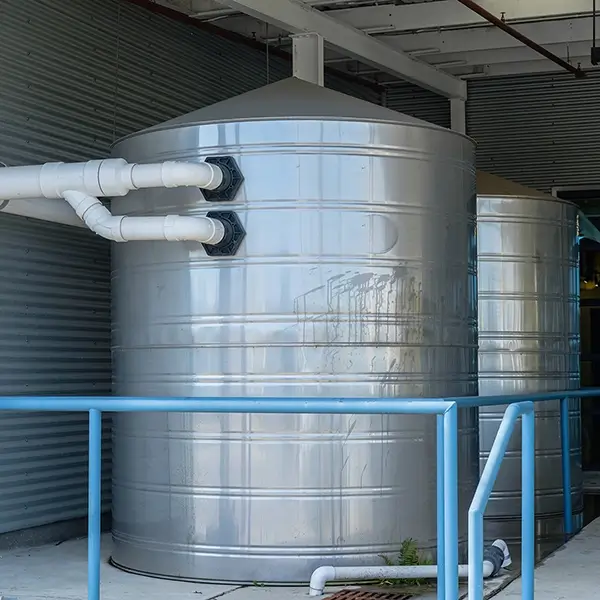
There are many factors contributing to the strong growth of rainwater harvesting systems. Firstly, the impacts of climate change, water pollution and wastage are all depleting our existing freshwater sources. This has meant that collecting rainwater, as one of the most recurring sources of freshwater, is becoming more important. Water shortages are serious: it is estimated that 4B people in the world experience severe water scarcity in at least one month of the year, and in the US this is reported in 80% of states.
Simultaneously, water usage is increasing at a rate of 1% per year. This may not seem significant but cumulatively by 2050, this means an increase of 20% - 30%, which is estimated to create a global demand of 1,500,000,000,000,000 gallons of water per year. The increasing demand for water is a result of the growing population and usage across industries including agricultural, chemical, construction, and manufacturing sectors.
Furthermore, the cost of water is rising. A typical US household water bill has increased by 43% from 2012 to 2021. Industrial premises have seen a 40% increase in the past 20 years. One major contributor to the cost of water is the staggering 520B kWh of energy per year required to manage the US’ water supply. These major costs will only mean that the rainwater harvesting market becomes more incentivizing.
Rainwater cisterns not only provide a new source of water but have a range of environmental benefits. In urban areas, the collection of rainwater reduces stormwater floods as peak runoff volumes are reduced. This decreases water pollution as stormwater is less likely to overflow storm sewer systems. Saving rainwater in places of irregular rainfall and dry climates can also greatly counteract soil erosion.
The advantages of rainwater harvesting have led governments across the world to promote campaigns and initiatives to increase their adoption. This has been done through schemes like the Enhanced Capital Allowance Scheme in the UK that provides funding for water-efficient technologies and direct investments in rainwater harvesting infrastructures in India.
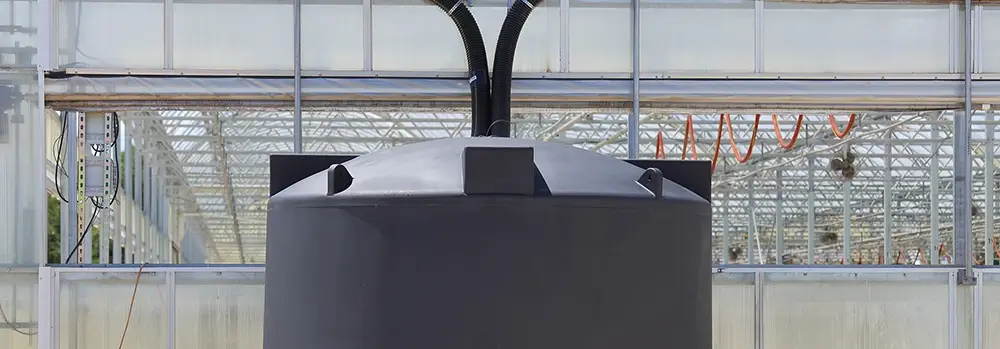
The rainwater harvesting market can be segmented into rain barrel systems, wet systems, dry systems, and green roof systems. Wet systems are best for tanks that cannot be installed directly next to the guttering system.
Above-ground tanks can span from 100-gallon capacity used for gardening, to a much more extensive 5,000-gallon tank for commercial and agricultural use. Above-ground tanks are more popular than underground tanks due to their easy installation and flexibility of position. Underground tanks have the benefits of having larger capacities and not being affected as much by temperature fluctuations and pests.
The market can also be segmented into commercial, residential, industrial, and agricultural uses. In 2020, the commercial segment dominated the market. Commercial buildings have the potential to create large savings due to their higher water usage and ability to collect more water from larger area roofs. The size of commercial and industrial tanks can span up to 26,000 gallons (100,000 liters).
Geographically, North America accounted for the largest market share in 2020, which was supported by the growing demand for water and increasing rainwater harvesting infrastructure companies. The European market holds a substantial share of the market with the presence of more rainwater harvesting manufacturers (UK and Germany) and higher rainfall levels.
Key market players include Filtracon, Watts Water Technologies, Water Field Technologies Pvt. Ltd., Kingspan, Graf UK Ltd, Snyder Industries CST Industries, Caldwell Tanks, Wahaso, Norwesco, and Bushman US.
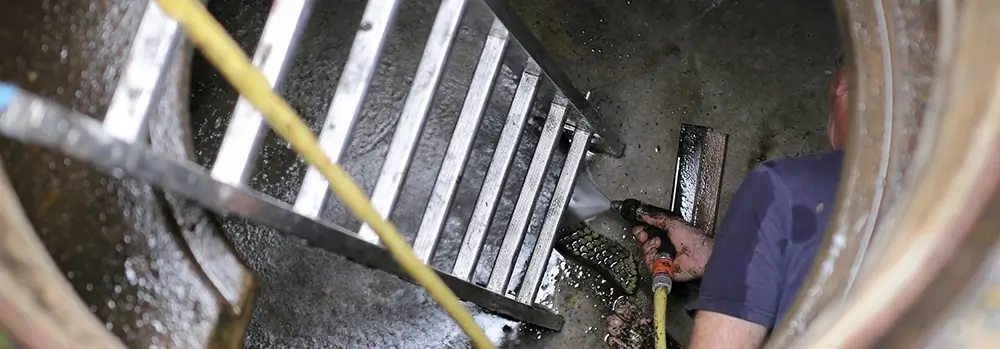
It may seem that a rainwater harvesting cistern consists of a tank and some pipes, but there are a lot more components to its operation.
Before rainwater can be stored, gutter guards and filters are needed to separate any debris from the water. Larger systems have a first flush diverter mechanism to reduce this where initial collected rainwater is used to flush away the debris-contaminated roof and pipes away from the cistern. Additionally, if water needs to be treated before use in residential or industrial settings, filters like UV or carbon filters need to be installed. Pumps to supply and connect the tank to existing water systems are also essential when tanks are underground or not gravity-fed systems. Finally, to prevent the cistern from breaching capacity, an overflow pipe must be installed.
In smaller plastic tanks, their capacity and components are usually very standardized, but in larger tanks materials and overall design can be customized to the application’s environment and rainfall capacity. In higher-stake commercial and agricultural settings, component reliability becomes more critical as well as the ability to track live water levels. For example, on farms, an irrigation cycle can be around 2,000 gallons of water, so if the tank runs out, crops will be insufficiently maintained.
Larger tanks are also likely to be underground too for a multitude of advantages. Temperature fluctuations can cause water to freeze- rendering its use so below-ground cisterns are better insulated from extreme temperatures. Further, underground tanks are less likely to be intruded by insects and animals. A downside to underground tanks is that they are harder to maintain and know their exact level.
Despite filtering, sediment and algae buildup over time is inevitable and if not drained properly can create blockages. This can show up as the tank filling or emptying a lot slower than usual. Also, leaks are possible, which are very costly to fix in underground systems as walls are made from glass-reinforced plastic or concrete.
Rainwater levels in cisterns are therefore important to monitor for checking capacities and signaling abnormal tank behaviors. But this is time-consuming and too manual to check regularly with standard liquid level meters for rainwater harvesting systems.
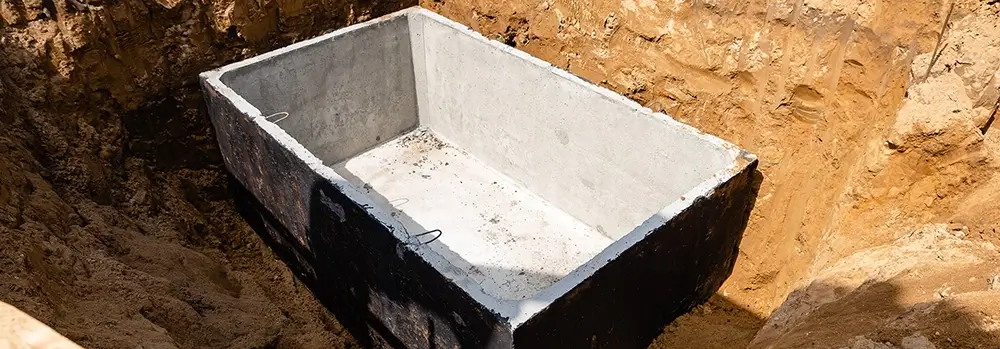
Liquid level monitoring for rainwater cisterns is mostly done using a float mechanism. Float gauges operate using a float placed in the liquid that moves with the water level. This float can either be attached to a pulley where the other endpoints to a visual gauge to read the current level, or the float triggers an array of vertically aligned switches to indicate how full the tank is. These float systems can only be checked manually and may require modifying a container’s existing structure, making them difficult installation-wise. This is not to mention the unreliability of the mechanical components which can get tangled or damaged over time.
Pneumatic sensors are another common type and usually have a rod that sits at the bottom of the tank to measure the hydrostatic pressure which then relates to the level of water. Accurate readings, however, depend on a thorough calibration at the start and may need recalibration due to changes in the environment.
Capacitance-based sensors, similar to pneumatic sensors, have probes installed that are in contact with the liquid that measures the change in capacitance with reference to air. Capacitive sensors also come in non-contact form so can be applied to the outside of a rainwater cistern such as plastic above-ground cisterns. Unfortunately, capacitive sensors can be impacted by metallic materials so they cannot be used in all rainwater cisterns.
Ultrasonic and radar sensors, on the other hand, are not dependent on material and can also measure exact levels of a liquid on a continuous scale. Ultrasonic-level devices are installed at the top of a container and emit sound waves to locate the liquid's surface. Ultrasonic sensor readings can be skewed by irregularities within the container such as debris and condensation, whereas radar sensors overcome these disruptions by using much higher frequencies via microwave pulses to provide more accurate readings.
However, despite these non-contact devices, their accuracy can attenuate when the liquid is furthest away from the sensor. They also come with a hefty price tag, so may not be economically feasible for all rainwater cisterns. Therefore, rainwater cisterns need a more cost-effective, easy-to-install solution capable of sending accurate readings for efficient water storage and use.
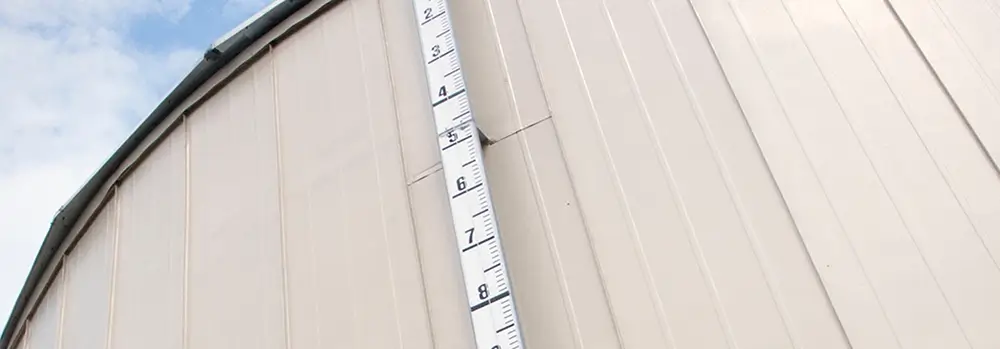
Liquid level sensors have been tailored to many other industrial tanks however still miss on accuracy, installation, and cost for rainwater harvesting cisterns.
At LAIIER we have developed a thin, accurate impedance sensor that can be applied like a sticker to the inside of a rainwater cistern- whether concrete, plastic, or metal. Due to the innovative, flexible sensor design, the sensor can be manufactured to any desired length to accurately measure the full span of the rainwater cistern.
Additionally, all of LAIIER’s sensors are connected to our Surface to Cloud™ platform via LoRaWAN technology so devices can promptly notify facility managers of low levels or whether a suspected blockage is occurring.
As rainwater harvesting cisterns have a high initial cost, return on investment is very important, especially for businesses in commercial and agricultural settings. Therefore, with LAIIER’s Severn technology, water use can be measured and thus controlled without reaching overflow or empty conditions by surprise.
As many larger-scale and underground rainwater cisterns are customized to specific needs and rainfall conditions, cistern manufacturers can add value for a customer with an integrated level monitoring sensor. LAIIER’s printed technology is as easy to install as a sticker so will not impact the cistern’s design.
It is becoming increasingly common for non-residential rainwater cisterns to be managed in service agreements by maintenance companies. These service contractors would benefit from the level monitoring data of cisterns as they will be able to spot trends and usage remotely before having to visit on-site.
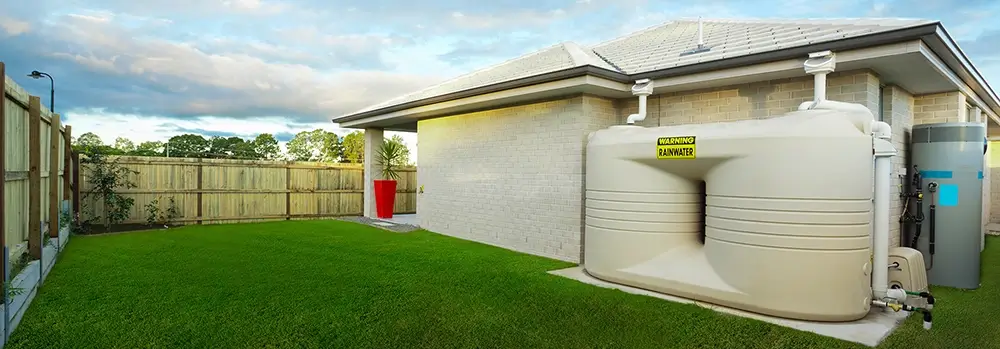
Rainwater harvesting systems are a crucial step to renewable water use and their demand will only match the rapid growth of water usage in industries like agriculture and manufacturing - key to sustaining a growing population. In order to ensure water is collected and used efficiently from these cisterns, an automatic remote level sensor is required. Currently, most rainwater cisterns have very limited gauges that require manual inspection. At LAIIER, we have proposed the use of our easy-to-install Severn impedance sensor that can notify facility managers of water levels for further action.